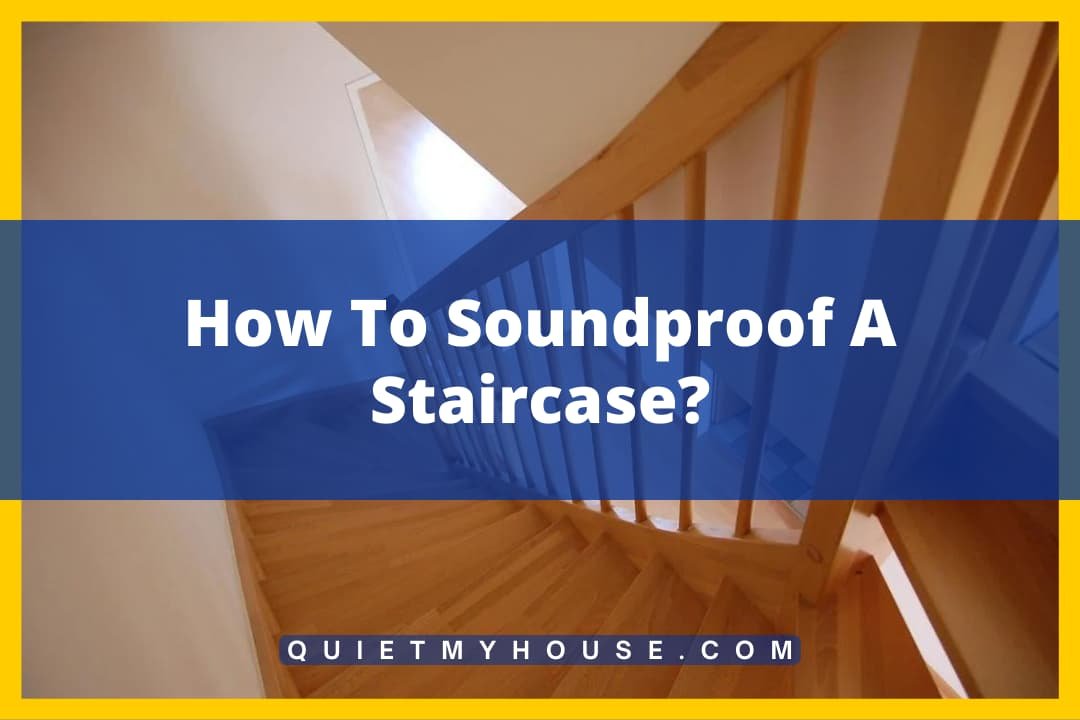If you live in an apartment and have whiny neighbors, or you have a spouse that can’t sleep when they hear the thud of your darts, you may be highly interested in finding a way to quiet the noise of your dart board. After all, what is the point of a dart board if you can’t play darts with it for fear of being too noisy?
In order to soundproof a dartboard cabinet, one can use insulating/soundproof foam behind the dartboard and behind the dartboard cabinet, separate the dartboard cabinet from the wall using a stand, or place the dartboard cabinet into an acoustic panel.
You probably want to know what the best materials for soundproofing your dartboard cabinet are, and even what other options there might be for you. You’re in luck! This article will help you expand your options when it comes to your dartboard noise troubles.
Make Your Dartboard Cabinet Freestanding
Most of the noise that comes from dartboard cabinets is transferred to other rooms because it is dispersed into the wall instead of anywhere else.
The most effective solution for soundproofing your dartboard cabinet is by far just taking it off the wall and using something else to support it for your darts games.
One way to do this is with a stand, which you can either buy one online or make one yourself. If you don’t want to or cannot remove your dartboard from the dartboard cabinet, you will most likely have to go with the second option.
One good base for constructing your own dartboard stand is a speaker stand. With this, you can easily attach a wooden base to the stand and then fasten your dartboard cabinet to that stand in order to create your very own custom one.
Yet another way to do this is for you to just place your dartboard on a piece of furniture. This piece of furniture could be a dresser, table, or really any other piece of furniture that you wouldn’t be too bummed out about scratching if you use darts with metal tips (bristle-tipped) darts.
Even magnetic darts can dent or damage furniture, so keep that in mind when moving your dartboard, be it a traditional one or a magnetic one.
Limit How Much Sound Transfers into the Wall
One of the simplest ways to limit how much sound your dartboard cabinet makes without taking it off the wall is to place some sort of sound-dampening material behind it. This material can be pretty much anything soft, but some materials work better than others.
You can experiment in order to find out what works best for you, but some materials that I have seen recommended include:
- Sound dampening foam
- Pieces of cloth
- Corkboard
- Rubber
If you are using something which is relatively thin, such as a corkboard, then you can go one step beyond attaching such material to the back of the dartboard cabinet.
You can also attach the material to the back of the corkboard in between the back of the corkboard and the front inside wall of the dartboard cabinet.
You will be better off in terms of the amount of sound reduced if you make your back corkboard (the one that touches the wall) a little bit wider than the cabinet itself.
This will ensure the maximum amount of sound dispersion possible. Alternatively, a sound dampening mat in place of a corkboard can be a little bit more expensive but is much more effective.
Placing the Dartboard Cabinet into an Acoustic Panel
One of the cleverest ways to dampen the noise from your cabinet is to place it into an acoustic panel (such paneling is often used in recording studios). The idea is to cut out a hole in some dense acoustic panel, and then place the dartboard cabinet inside.
While this may not look the best compared to some other methods, it is supposedly quite effective in limiting sound from darts thumping at the back of the board.
In order to more easily attach this system to the wall, the idea is to attach the foam to a piece of cardboard big enough to cover the back of all the foam. This method can be combined with sound dampening materials behind the cardboard to dampen even more noise. (Source)
Using Sound Absorbing Materials in the Room You are In

The noise you are making with your dartboard cabinet may be echoing throughout the room you are in, making it seem louder to those both inside and outside of it.
One way to avoid this that also helps prevent the sound from going through the wall, in general, is the placement of furniture and other material in the room. This will be most helpful if you place said furniture along the wall where you are using your dartboard cabinet.
Rugs are also hugely helpful in terms of absorbing sound. This can be a great way to help lessen the effect of your late-night dart-throwing on your downstairs neighbors.
Not only rugs and carpeting can help disperse sound, but anything you put on the wall or in the room will help lessen echo and sound transfer to other rooms.
Switching Up Board/Dart Type
If you are using magnetic or electronic dartboards, you could benefit from a switch to a more traditional one that uses bristle-tip darts. These are usually slightly quieter.
Electronic dartboards in particular tend to be very noisy, so this switch alone might bring down the noise from your dartboard addiction just enough to make it a negligible problem.
Note that in general, soft tip darts are louder because they make a bigger thud. In addition, the weight of your darts can also make a difference. Lighter darts can also help to lessen noise because they have less momentum when thrown with the same force.
Moving Your Dartboard Cabinet
If nothing else is working for you, your last resort option may just be moving your dartboard cabinet to a different wall. Some walls are sturdier than others, and can inherently dampen the beautiful thunk of your darts.
Sometimes a switch to the basement, which can sometimes have concrete walls, can solve all your dartboard noise issues at once.




